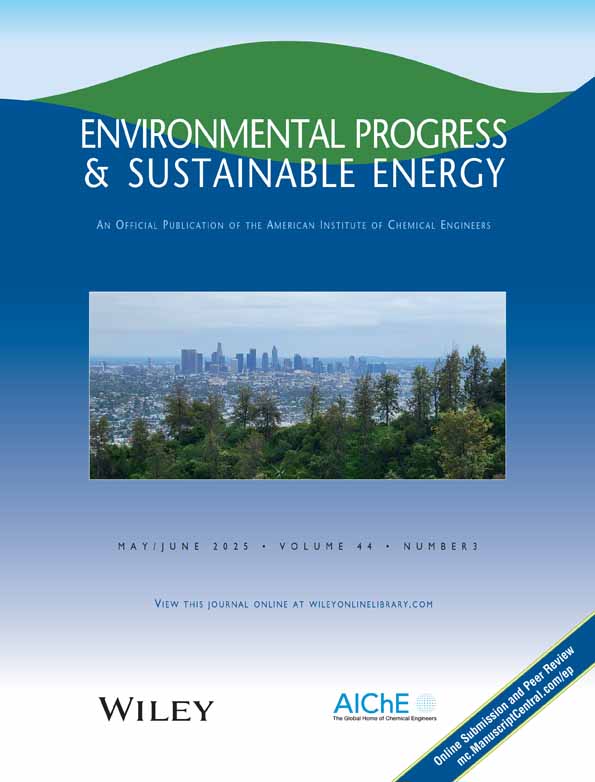Characterization, decontamination and health effects of fly ash from waste incinerators
Abstract
The aims of the present work are (a) to investigate the physical and chemical properties of incinerator ash which are of importance for its utilization and environmental impact; (b) to evaluate the occupational exposure of incinerator workers to trace metals; and (c) to develop a novel technology for the conversion of contaminated fly-ash from incinerators into a material which can be disposed of cheaply or used in the construction industry. The discussion is illustrated by results obtained through experiments.
Morphologically, fly-ash consists of irregularly shaped material, of widely varying sizes. Some minerals are identified using powder X-ray diffraction, i.e. calcite, pyrite, halite and maghemite. The chemical composition of ash samples examined consist of Ca, Al, Si, K, Ti, Mg, Fe, K, Na and Mn as the major and minor elements. Trace elements such as Pb, Co, Cr, Ni, Cu, Se, Mo and Cd are also found. The samples tested are rich in Cl, Cr, Zn, Sn and Pb, as compared to the earth's crust values. About 50% of the fly-ash particles are smaller than 5.5 μm. These particles can play an important role in transferring toxic metals into the human blood stream by inhalation, deposition and absorption. The ash is reported as having medium fusibility, with softening between 1220°C and 1250°C due to it's pyrite content. This is most likely to give clinker problems and affect the sintering process of fly-ash. The detoxification approach is based on the fact that sintering or melting of this ash results in the destruction of its toxic organic components, including fixation of its heavy metal content to form an unleachable material which can be landfilled or used for building roads. A key aspect of this work is the technique used to ensure the energy efficiency of the sintering/melting process which is based on the application of a regenerative heating concept. The conclusions of the research are expected to have a major impact on future codes of practice and standards for dealing with contaminated fly-ash.




